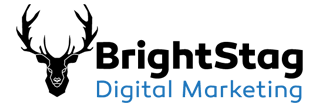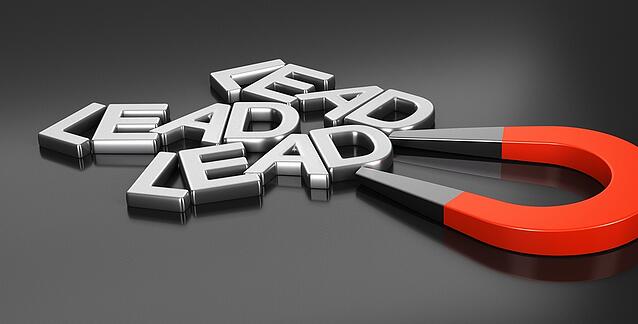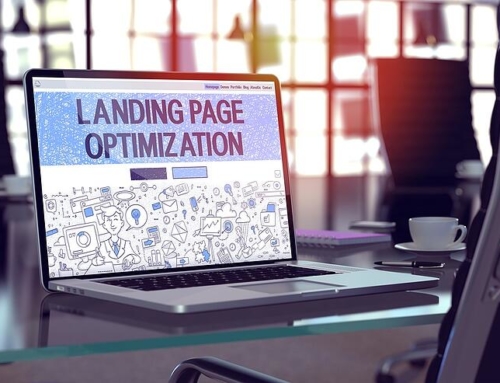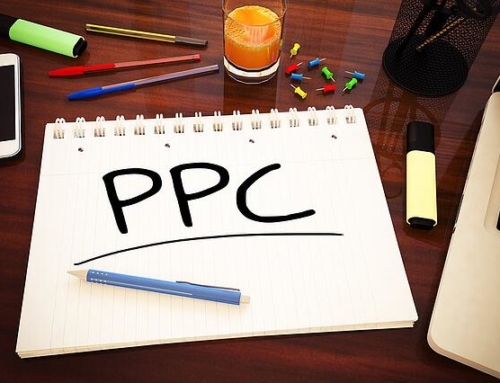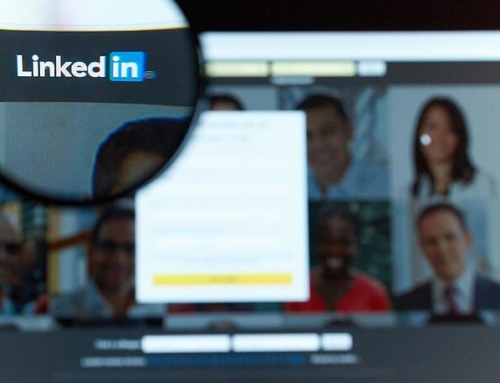Creating an Enticing Marketing Offer
In marketing, offers are used to generate new leads, and also to nurture existing leads so that they are more interested in buying. Without offers, the chances of your converting visitors to your site into leads are slim to none. And unless your product or service is truly one of a kind, and essential (in which case you don’t need to worry about marketing at all), your offer needs to be better than the other guy’s.
Now personally, I can’t think of a product or service that can’t be obtained from several different sources. If you can, I’d love to hear about it. So, with this in mind, your goal is to take your potential customer through the buyer’s journey.
3 Steps in the Buyer’s Journey
The first step is awareness, during which the customer identifies a problem or opportunity (or both). Clearly, they need a way to solve the problem or pursue the opportunity once they identify what the problem is. This means ultimately making a purchase.
The second step is consideration. The customer decides that solving the problem or pursuing the opportunity is something they want to do. Then, they begin to investigate solutions, and happen upon your website or landing page, where you have what they need. Of course they will also visit other sites where they will find solutions very similar to what you have on offer.
The third step is the decision stage. So, the buyer is going to evaluate your product or service, and others and finally come to a conclusion to go with you or a competitor.
A great offer drives the lead generation process allowing you to build relationships with prospects so you can move them through the buyers journey and make a sale, if not today, then perhaps later on.
So, what constitutes a great offer? You might be surprised by how many online marketers get hopelessly hung up on this concept.
What is an Effective Marketing Offer?
An effective marketing offer is first of all something that is of value to the customer. At the first step of the buyer’s journey, it is also something that a customer will have to fill out a form in order to obtain. They may not buy right away, but you will have their information so that you can send them more offers. This is where the waters sometimes get a bit muddied. So, let’s look at what an effective offer is not:
1. Contact Us!
Well, it’s not really much of an offer, is it? It’s just an invitation to get in touch with you. You might get a few people emailing you, but this is not an effective offer, and it will not generate a lot in the way of leads.
2. Look at Our Cool Product!
This would include things like “Fill out the form to receive a brochure,” and, “Take a few seconds to provide us with some information and we’ll send you a download link where you can look at our product video.” Why would you even put this sort of thing behind a form? This is the sort of information a person needs at step two of the buyer’s journey, so it should be easily accessed on your site. You have the potential buyer in your sales funnel, so don’t annoy them by asking for information before they are ready to buy – it’s a great way to have them climb back out of the funnel.
3. Testimonials
Sure, customers want to read reviews submitted by other customers. But again, this is not something they should have to fill out a form in order to access.
Now, what makes an effective offer – one that actually will induce a customer to fill out a form and give you their contact information? The best offers are “something for nothing.” And it has to be something of genuine value. For instance, in exchange for their information, offer your site visitor a free ebook about a topic related to your product, but not about your product specifically – if you sell, spices, for instance, offer a cookbook. If you sell scrapbooking materials, offer some free templates. If you are a business consultant, offer access to current and archived webinars. If software is your thing, how about a free trial or a demo?
One tip we can share is that people respond well to light highly consumable content such as checklists, templates and infographics. Not everyone is ready to read a 50 page eBook as most people are simply too busy and are getting bombarded with content everywhere they turn online.
Conclusion
What your offer will also depend on is where your customer is at on the buyer’s journey. If you would like to learn more about what to offer and when depending on where your prospect is in the sales cycle, we offer a free resource that you can aid you here.
At the first step, people are often reluctant to give out their information because they don’t want to be spammed. So, if your prospective customer is at the top of the sales funnel, you’re going to need a genuinely valuable offer to induce them to fill out the form. Low-value offers are just going to get you bad feedback and hurt your business.
Marketing offers should also be in alignment with, but not specific to, your product or service, and targeted to the right person at the right time. The offer you make to the customer at the top of the funnel, such as an educational eBook or guide, will be different from the offer that you make to the person whose information you already have.
A live demonstration or consultation for example is more appropriate to send to existing leads who are a bit closer to reaching a purchase decision.
Structure the marketing offer to the customer’s position along the buyer’s journey, make sure that it has real value, and it’s not just about promoting your company, and there you have the basics of an effective offer.
